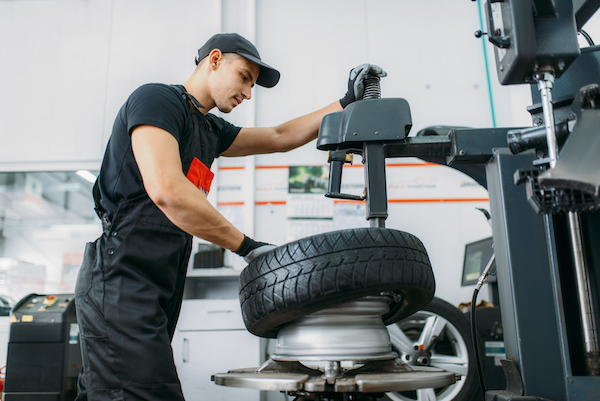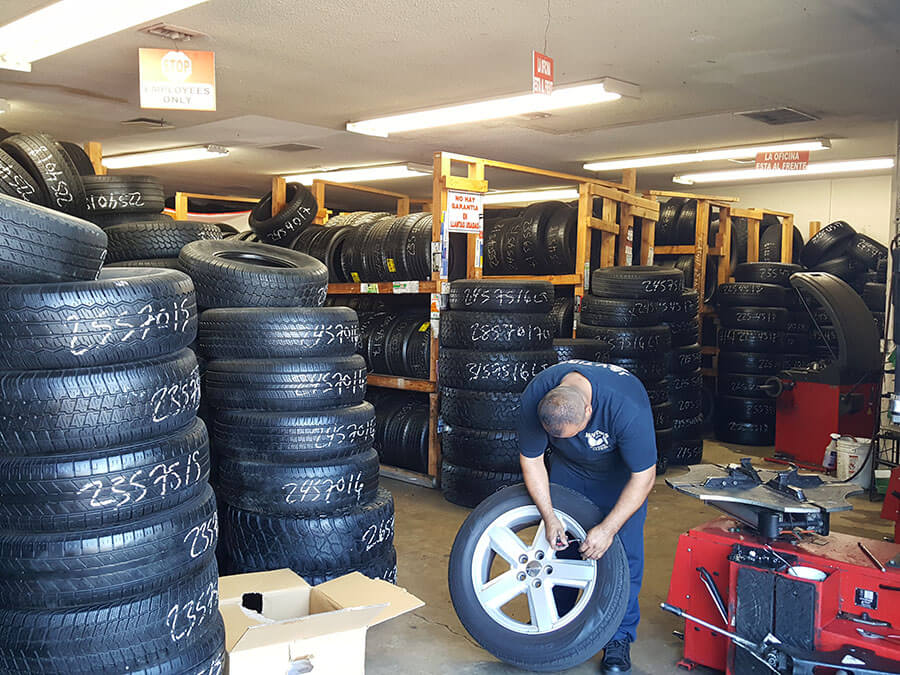Tire Solution: Comprehending Tire Pressure Tracking Systems
Recognizing Tire Stress Monitoring Solutions (TPMS) is a crucial element of keeping optimum car performance and safety on the roadway. With improvements in automobile modern technology, TPMS has come to be a common function in contemporary cars, giving real-time info on tire pressure degrees.

Value of TPMS
The value of Tire Pressure Surveillance Solutions (TPMS) exists in their ability to boost vehicle safety and performance with real-time surveillance of tire stress levels. Keeping the correct tire stress is crucial for making sure optimum handling, stopping, and overall safety of an automobile. TPMS gives vehicle drivers with instant comments on any kind of overinflated or underinflated tires, allowing for timely changes to be made.
Parts of TPMS
Comprising numerous important components, a Tire Stress Monitoring System (TPMS) works as an innovative safety and security feature in contemporary automobiles. The main elements of a TPMS include sensors, a control component, and a caution sign. Sensing units are generally situated in the tire shutoff stem or affixed to the wheel setting up, where they measure tire stress and transfer information to the control component. The control component procedures this details and sets off a warning if it discovers considerably reduced pressure in any of the tires. The caution indicator, typically a symbol on the dashboard, alerts the motorist to examine the afflicted tire or tires. Some progressed TPMS models additionally display the real tire pressure readings for every tire, supplying vehicle drivers with real-time information to make sure ideal tire efficiency and safety. By keeping an eye on tire stress constantly, TPMS aids protect against accidents, reduces tire wear, and enhances fuel performance, making it a vital component for automobile safety and security and performance.
Kinds Of TPMS

On the other hand, indirect TPMS depends on the automobile's wheel rate sensing units to keep an eye on tire pressure. This system identifies underinflation by comparing the rotational rates of the wheels. Indirect TPMS is less expensive than direct TPMS, as it uses existing sensors within the vehicle.
While straight TPMS uses extra precise analyses, indirect TPMS is less complex in design and normally calls for less upkeep. Both systems have their advantages and constraints, and the choice in between them often relies on variables such as price, car make, and individual choice. Recognizing the differences in between these 2 types of TPMS can aid automobile proprietors make notified decisions concerning tire upkeep and safety and security.
TPMS Upkeep Tips
Conduct routine checks on the tire pressure levels and compare them with the TPMS readings to guarantee they are constant. Throughout tire rotation or replacement, make sure that the TPMS parts are handled thoroughly to avoid any type of prospective damage. If the TPMS cautioning light illuminates on the control panel, deal with website here the problem promptly by inspecting the tire stress and the overall system for any mistakes.
Advantages of Appropriate Tire Stress
Keeping proper tire stress, as highlighted in TPMS Maintenance Tips, is crucial for gaining the many advantages linked with optimum tire pressure degrees. In addition, proper tire pressure guarantees even tire wear, expanding the life-span of the tires and promoting much safer driving problems. In verdict, the advantages of appropriate tire stress go beyond just tire longevity; they encompass boosted gas efficiency, boosted safety, far better car efficiency, and general driving convenience.
Conclusion
In verdict, recognizing tire pressure monitoring systems (TPMS) is important for preserving ideal tire pressure and making certain car safety. By recognizing the relevance of you could check here TPMS, being acquainted with its elements, understanding the various types readily available, adhering to proper maintenance suggestions, and realizing the benefits of keeping correct tire stress, chauffeurs can improve their driving experience and prolong the life expectancy of their tires. Correct tire stress is essential to safe and reliable car operation.
